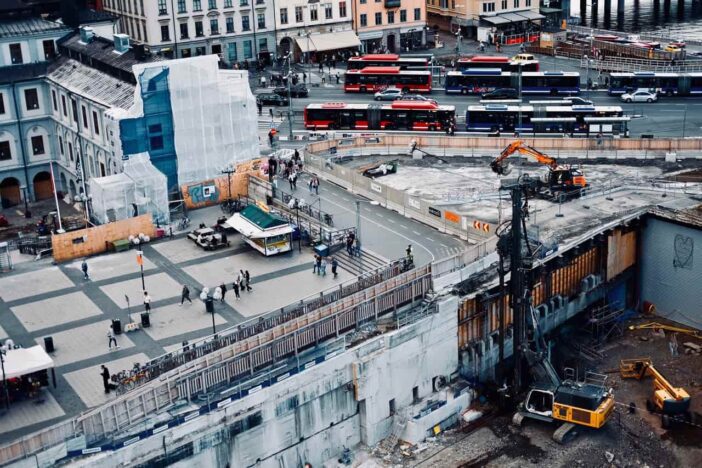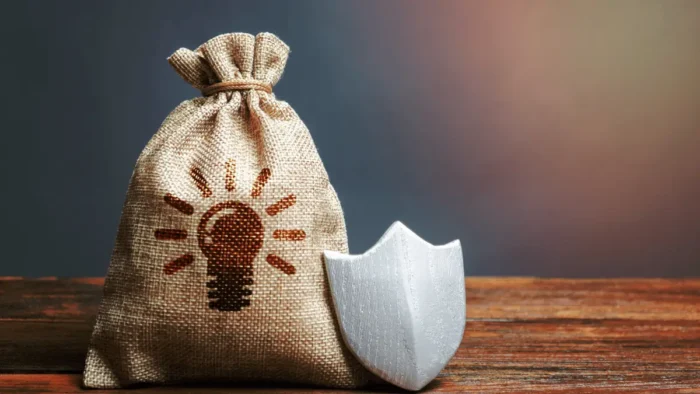In the world of construction, radical new ideas and solutions are constantly being developed to keep up with the demand for new architectural projects. With each passing year, architectural designs become bigger and better. And where architectural imagination goes, construction materials must follow. The search is always on for the strongest, most durable, most versatile fabrics and technologies.
In recent years, inventions and developments have been both focused on function together with revolutionary new ways to improve methods of construction itself. Materials can now last longer, have incredible functionality, and look more aesthetically pleasing than ever before.
With so many exciting scientific breakthroughs and so much vested interest, we cannot be sure exactly where advancements in the construction industry will take us in the coming decades. It seems sensible to predict that ever more refined materials and ingenious applications will open the door to a variety of smart and sophisticated buildings. Today there are many ground-breaking innovations already influencing the world of construction, with others in the pipeline. We have explored several of these ideas that you may not have heard much about, such as:
1. Self-healing concrete
Concrete is colossal in its widespread and versatile usage. However, the main weakness of standard concrete has always been its tendency to form micro-cracks. Solving this issue has huge benefits for the industry going forwards.
It might be surprising to know that new innovations are being found in ancient worlds. This is exactly the case with self-healing concrete, which was first utilised by the ancient Romans, and has now been refined for use today. By adding strains of Bacillus bacteria to the mix, any micro-crack occurring will expose the bacteria. That bacterium then feeds on calcium lactate present in the concrete, and oxygen gets used up to form limestone. That limestone then self-seals the crack, without any need for human intervention. This solves issues such as leakage, penetrating damp, and general need for repair – all of which cost time and money.
2. Hardwood cross-laminated timber
Interest in cross-laminated hardwood (or CLT) has been growing yearly, as developers and individuals within construction have realised the technical potential it holds. By replacing typically used softwoods with hardwoods in the laminating process, the result is a material that has almost the same strength as reinforced cement concrete or steel used in construction, whilst being more environmentally friendly.
3. Bioplastics
Plastic is a type of polymer that has been in use since the 1950s, due to its versatility. Traditionally, plastics have been made from petroleum and consequently have degraded very slowly. This slow degradation combined with widespread use has caused environmental concerns throughout the world. Now, however, there has been a massive step forward. Unlike other plastics, bioplastic will degrade rapidly once it has been utilised. Not only that, but bioplastic is made from easily renewable and sustainable plant sources (cellulose, starch, algae, and others), making it far greener. Within the construction industry, bioplastics can be used in projects for structural components, adding structural integrity, and even cladding.

4. Homeostatic Facades
In technology, new approaches are always needed, and homeostatic facades are a good example. Built to adapt to the environment outside, the fabric of the building itself will thermoregulate to provide constant ideal conditions inside, much like our own bodies. The concept behind this invention is not just comfort, but less wasted energy, as the building only uses as much power as it needs to maintain the perfect interior temperature.
The way this works is that dielectric material, which reacts to tiny electric signals, forms a ribbon, and is set in a double-layered glass façade. Each layer has a silver covering to reflect light and then move electricity over the surface of the material.
5. Construction site signage
Although you might not hear an architect discussing them often, construction site signs are a part of a growing innovation on building sites. Currently, the use of scaffolding (or construction mesh) is a legal requirement for every construction business to ensure safety requirements for labourers and the general public. There is no arguing when it comes to complying with Australian Health and Safety laws, so many clever businesses have turned a necessary business expense into an advertising opportunity that can help build their reputation, increase revenue, as well as satisfy the mandatory safety requirements.
Construction site signage is also commonly used to display helpful safety reminders for the workers and is valuable to those who are not aware of construction sites or processes. As different types of processes and materials are used, there are a wide variety of signs emerging with the passage of time.
6. Drones
Drones have multiple functions on a building site. The primary reason for using a drone is safety. Drones can quickly survey a construction site and check for possible risks or structural weaknesses in places that would otherwise be difficult to assess manually.
Drones can also be used to increase worker safety by allowing observation of site workers at any time. With this aerial technology, construction jobs and sites can be made far safer.
7. Aerographite
Aerographite has only been around since 2012 when it was first invented at the Hamburg University of Technology. It is an incredibly light material, as it is comprised of hollowed tubiform carbon networked together. This makes it 75 times more light than Styrofoam! Despite this, it is both exceedingly tough whilst maintaining flexibility. In fact, it responds so well to being bent or crushed unlike other lightweight materials, such as aluminium, Aerographite only becomes stronger. Additionally, this material also conducts electricity.
These superb properties mean Aerographite is now utilised in satellites and aeroplanes, where vibrational forces do not weaken its integrity.
So, what’s next?
Global innovations in materials and technology are continuously and rapidly evolving. These ideas are driving the construction industry forwards in its ability to build bigger and better, year by year. We have increasingly effective tools at our disposal to improve safety during construction and long term as buildings age. As our environmental knowledge increases, we respond positively by applying new green technologies and sustainable materials. The limits of what the industry can achieve within the next few decades is likely to expand in ways that today, we are not even able to imagine.





